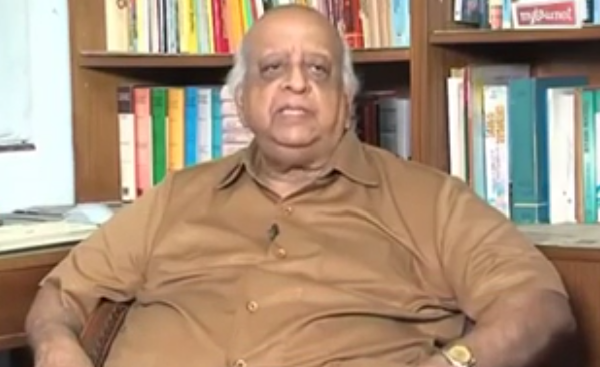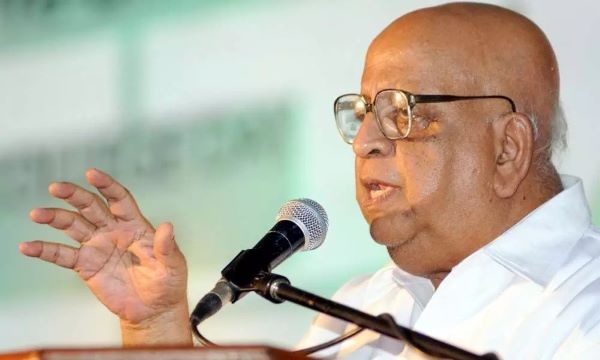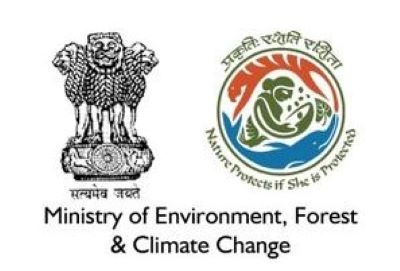T N Seshan: India’s first ‘Greenocrat’ who moulded environmental governance in the country
Total Views |
- By Harshad Tulpule
“There are more laws in India per square inch of its land area than almost anywhere else in the world.” This was jokingly pointed out by T. N. Seshan in a public meeting organised by the Centre for Science and Environment on air pollution few years back. T. N. Seshan was indeed India's first ‘Greenocrat’ who converted India’s environment ministry into one of the most powerful in the government.

At the invitation of the then Prime Minister Rajiv Gandhi, T. N. Seshan became the Secretary to the Ministry of Environment and Forests, a position he held from 1985 to 1988. His career as an environment secretory and remarkable contribution in moulding India’s environmental governance is most often overshadowed by the his luminous career as the Chief Election Commissioner. The credit of effective implementation of the ‘Environment (Protection) Act 1986’, one of the most valuable act, undoubtedly goes to T. N. Seshan. Eco-sensitive zones in India were also determined during his career as the Environment Secretory. T. N. Seshan mooted the idea of evolving a policy for regenerating forest lands for conserving biodiversity.

Seshan is credited for emphasising the importance of environmental issues, long before Delhi or Bangalore began choking in difficult air or Chennai faced a flood or water crisis. ‘Water harvesting’ was one of the ideas he helped popularise long before it became a common term across India. Way back in the 1980s, he was speaking for reducing emissions from two-stroke engines. He continued to wear a green hat while being India's election chief.
Seshan used as his philosophical foundation the Vedic principle that the environment involves all five mahabutas, the primary elements that make up the universe: earth, water, fire, air, and space.

As the Secretary, he opposed two major hydroelectric dam projects: the Tehri Dam and the Sardar Sarovar Dam in Narmada. In the first case, two expert committees rejected the proposed dam and Seshan upheld their decision. It demonstrated Seshan’s conviction. These two projects are currently playing a big role in Indian economy. Whether Seshan’s stand against these projects was right or wrong could be a debatable issue. However, he set the trend for the department of saying ‘no,’ and saying it firmly when it came to environmental clearance for dubious projects.